In the field of professional oral care devices, user safety incidents such as gingival burns combined with cervical hypersensitivity are emerging as an urgent concern, especially in the whitening and deep-cleaning product categories. Manufacturers may underestimate the combined impact of thermal, chemical, and mechanical stress on delicate gingival and cervical areas. But when burns and hypersensitivity appear together, they signal a systemic design or process flaw that must be addressed. How urgent is this issue—and how can product design prevent it?
Gingival burns refer to tissue damage along the gums, typically caused by:
Cervical hypersensitivity involves intense sensitivity in the tooth neck region (cementoenamel junction), often triggered by:
When these two issues occur simultaneously, user discomfort and potential oral injury escalate rapidly.
Experiencing gingival burns and cervical hypersensitivity together is not random:
Therefore, these two complaints often indicate a shared design flaw—typically excessive thermal output, poor gel formulation, or poorly shaped delivery heads. Company web:https://www.powsmart.com/product/electric-toothbrush/
Common risk factors contributing to combined injuries include:
Manufacturers must recognize that tissue safety depends on more than formulation or output specs—it requires full-system safety integration.
Effective design changes to prevent gingival burns and cervical hypersensitivity include:
Applying these design principles at R&D level can proactively eliminate root causes.
In mass production, manufacturers should implement:
These controls help detect risks that might otherwise bypass traditional mechanical testing.
By eliminating the combined risk of gingival burns and cervical hypersensitivity, manufacturers can:
In professional B2B sales, safety-focused certifications and test reports can differentiate products in competitive tenders or regulatory audits.
Yes, when gingival burns occur alongside cervical hypersensitivity, it signals an urgent systemic problem—one that requires immediate intervention at the design and QA levels. By understanding the link between thermal, chemical, and mechanical stresses, manufacturers can protect users more effectively and transform safety into a powerful market differentiator. Contact us
.jpg)
.jpg)
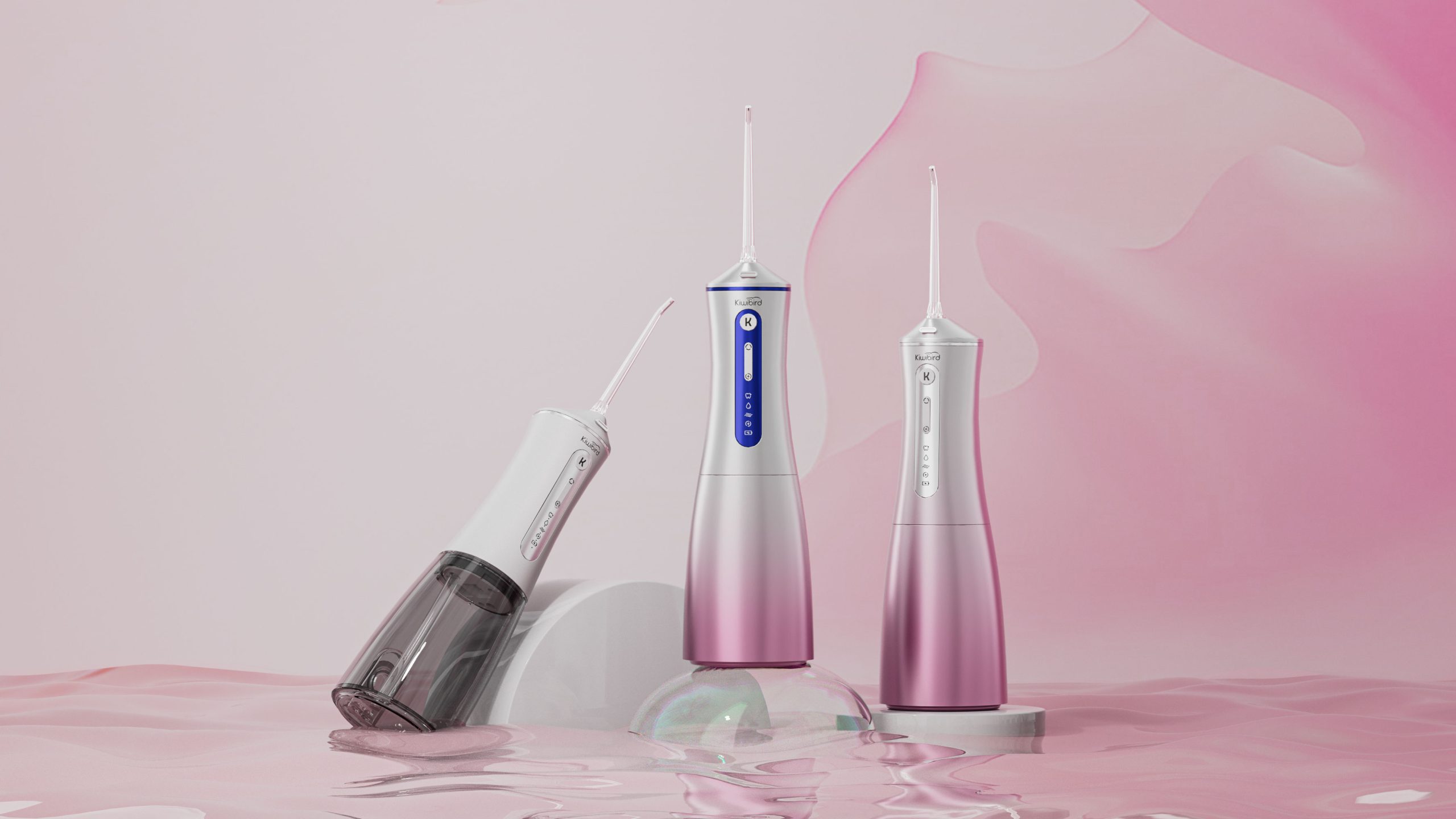
What Are the Causes of Bad Breath and How to Treat It?
College Student Electric Toothbrush Boston
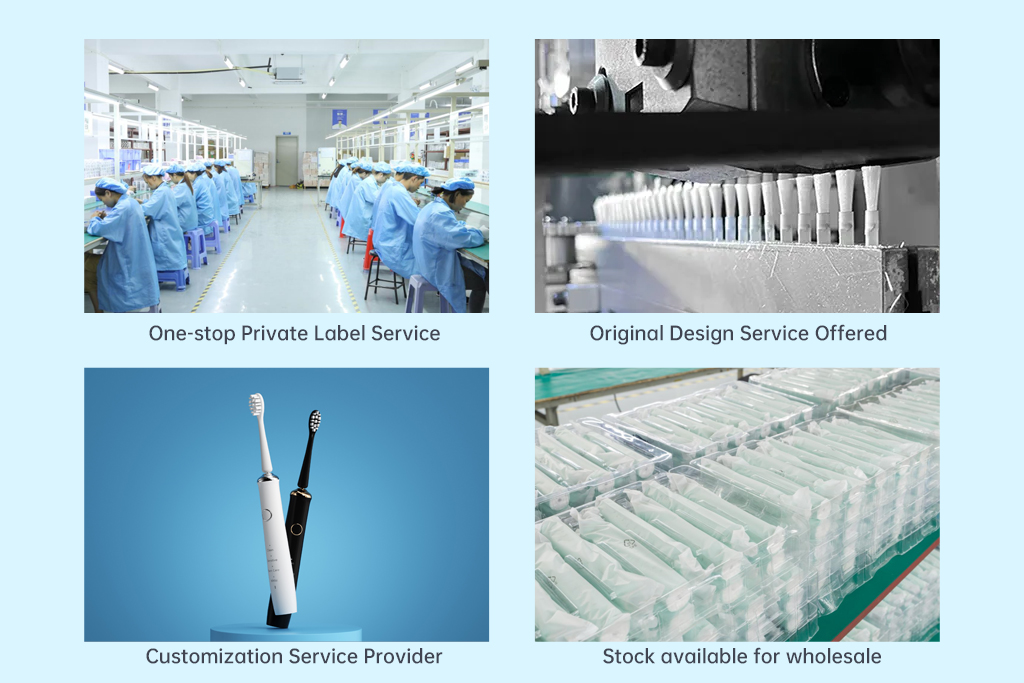
How Do High-Quality Electric Toothbrushes Enhance the Brand Image of Oral Care?
Electric Toothbrush Kit for Dental Offices | Professional Oral Care Supply

OEM Customization Solution for Water Flossers: Engineering Parameters Such as Water Tank Capacity, Nozzle Type, and Pressure Setting
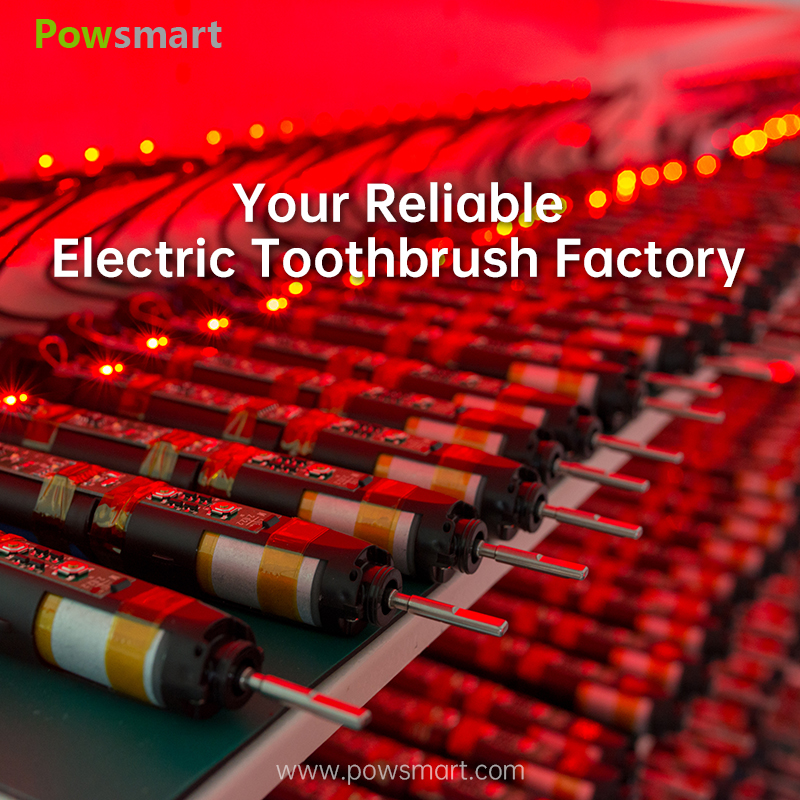
OEM Considerations for Battery Technology in Electric Toothbrushes
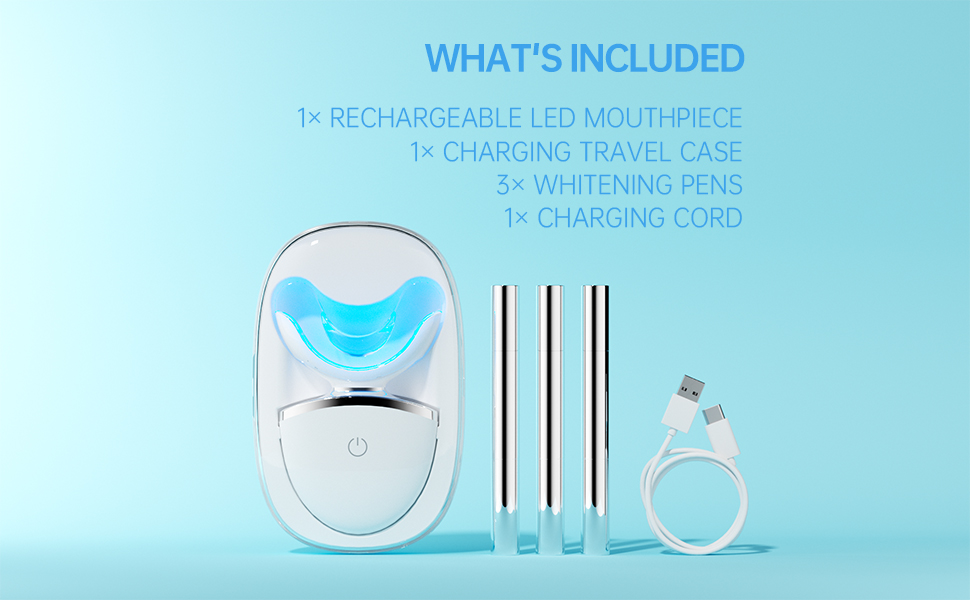
Light Teeth Whitening: How It Works & Is It Safe?
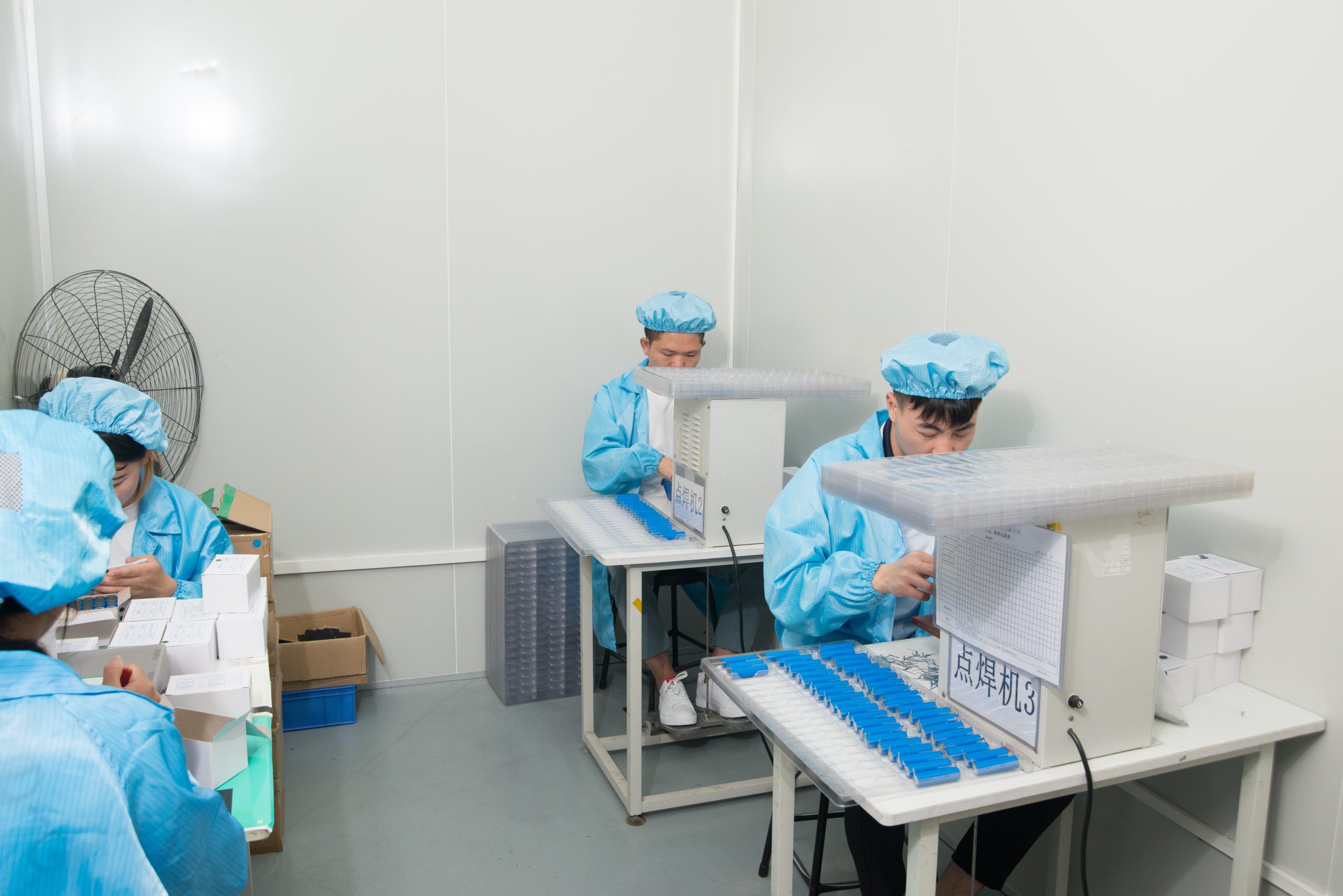
Common Electric Toothbrush Repair Methods – OEM Manufacturing Tips

Can You Use Generic Electric Toothbrush Replacement Heads Safely?

Herbal toothbrush India or Natural bristle toothbrush — which is safer for electric brush programs?

Time for a clinic upgrade? Why invest in a smart Dental chair?
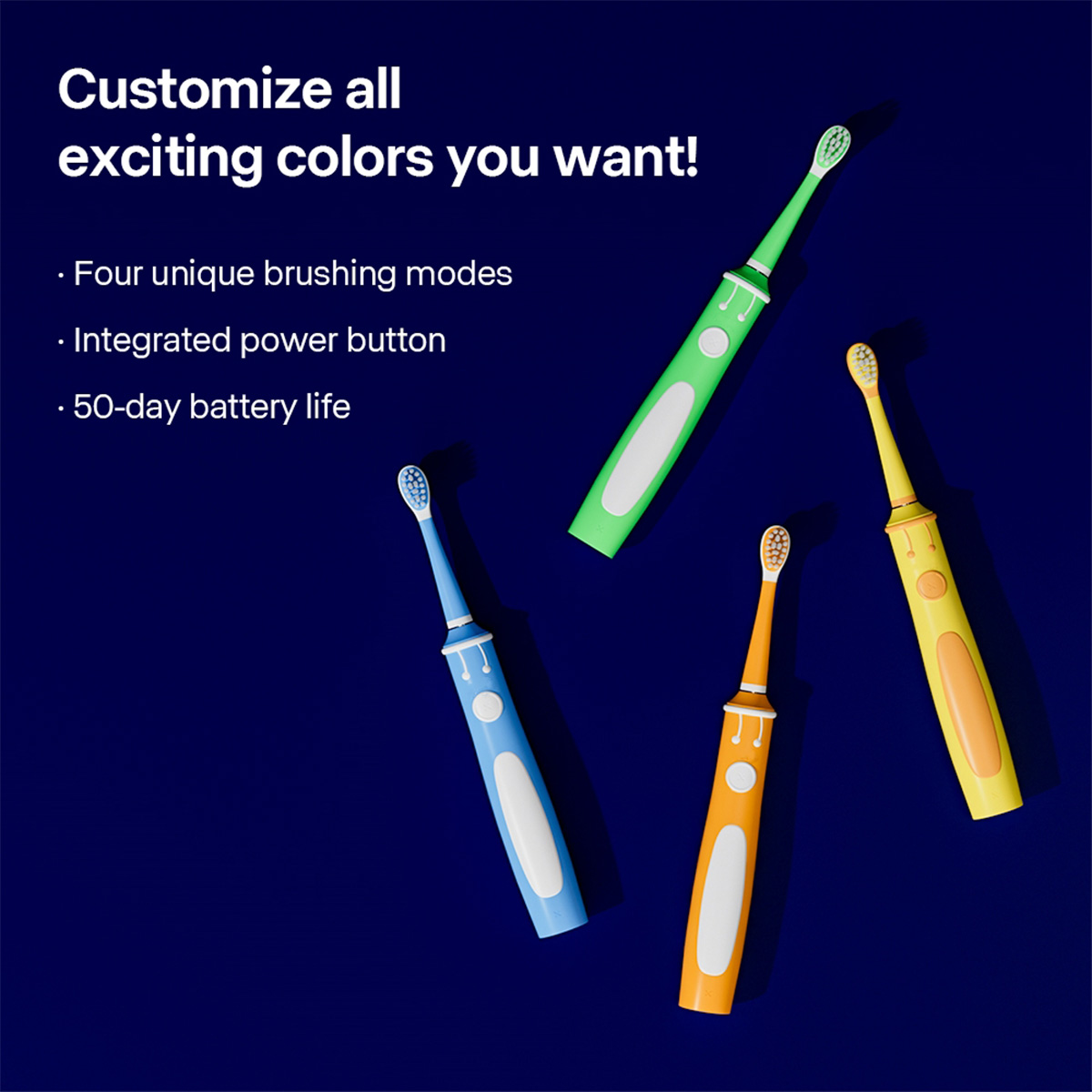
How do brands choose a good children’s electric toothbrush?
Electric Toothbrush with Long Battery Cycle Durability, Waterproof Design & Advanced PCB Technology

The various functions of electric toothbrushes: gimmick or practical?
.jpg)
Texas Distributor of Electric Toothbrushes
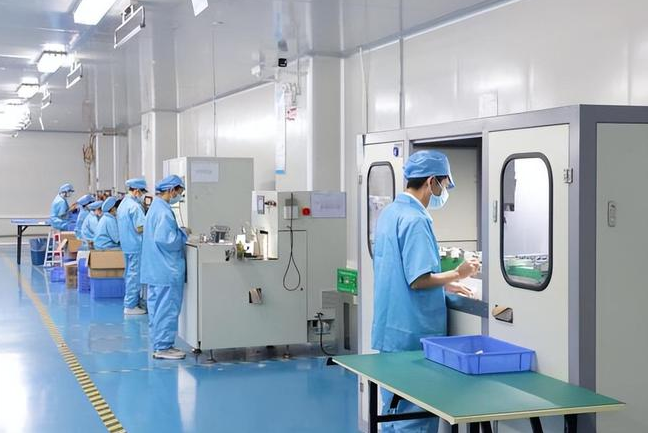
The Impact of Innovation in Electric Toothbrushes
.jpg)
Florida Electric Toothbrush – Powsmart PTR-C8

electric toothbrush heads Deep Clean

electric toothbrush heads Charcoal Infuse-Round

electric toothbrush heads Regular Clean

Electric toothbrush heads Charcoal Infused-Diamond

Customization Teeth Whitening Gel

Private Label Whitening Gel

electric toothbrush heads Ultra Soft
whstapp
whstapp
National Toll-Free Service Hotline
+86 755 86238638